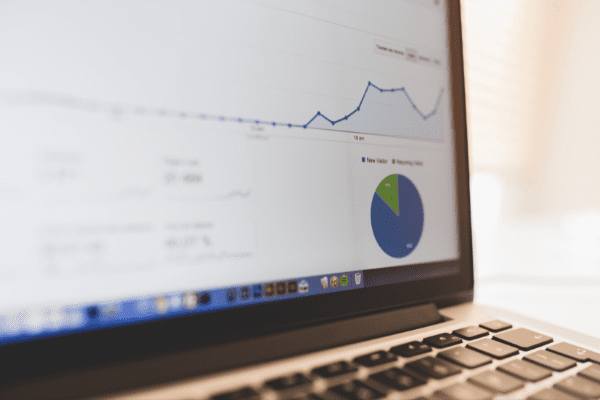You have hopefully already heard the news that Google will be sunsetting Universal Analytics for free customers in July 2023 and for paid customers in October 2023, forcing customers to transition to Google Analytics 4. The transition date isn’t for at least another year, but that doesn’t mean you should wait. Here’s what we know.
What is GA4?
Google Analytics 4 (GA4) is the latest iteration of the Google Analytics platform that will replace Universal Analytics (UA). Where UA relied on cookie-based tracking and measuring on a session-based model, GA4 will be able to measure traffic and engagement across websites and apps with a user and event-based data model. GA4 will still use cookies, but will also leverage first party data, machine learning and statistical modeling to collect data.
What does this mean?
This means that your reports and performance dashboards in UA will no longer be available come July 2023. Along with reports and performance, metrics that we’ve grown accustomed to will no longer exist in GA4. Some of these include bounce rate, page hits, and sessions. While events are staying the same, goals are now renamed as conversions.
Why do you need to start as soon as possible?
YOY Data in GA4
Year-over-year data is critical and once UA sunsets in July 2023 (for standard users), you will lose the ability to look at year over year data without transitioning now.
Time for Auditing and Set Up
Before adding a GA4 property to your site, you’ll want to audit your current UA set up to identify usage and metrics.
Algorithms and Machine Learning
GA4 relies heavily on machine learning, which means that the algorithms will require time to learn. You’ll want to allow the platform to collect and measure data for at least 3-6 weeks before comparing metrics.
Training
You will be implementing a new platform and there is a steep learning curve. By setting up GA4 now, you are able to troubleshoot and transition while also having access to UA.
What steps do I need to take?
1. If you have Google Tag Manager (GTM) on your site, the transition is a fairly straightforward process for the initial setup. Google Analytics has set up a GA4 Setup Assistant within the Admin section of the property settings. From there, it’s a few button clicks to create a GA4 profile.
2. Record which events you’re currently tracking and the naming conventions of those events. The GA4 implementation is a blank slate. It will not transition over your specific events.
3. Add tags/triggers for GA4 events in GTM in order to track moving forward.
4. Download any reports you can. If your internal team is dependent on Google Analytics for tracking success, they will have to download data before the account sunsets. While not ideal, having a minimum of one year of historical data will help in historical performance analysis of marketing campaigns.









